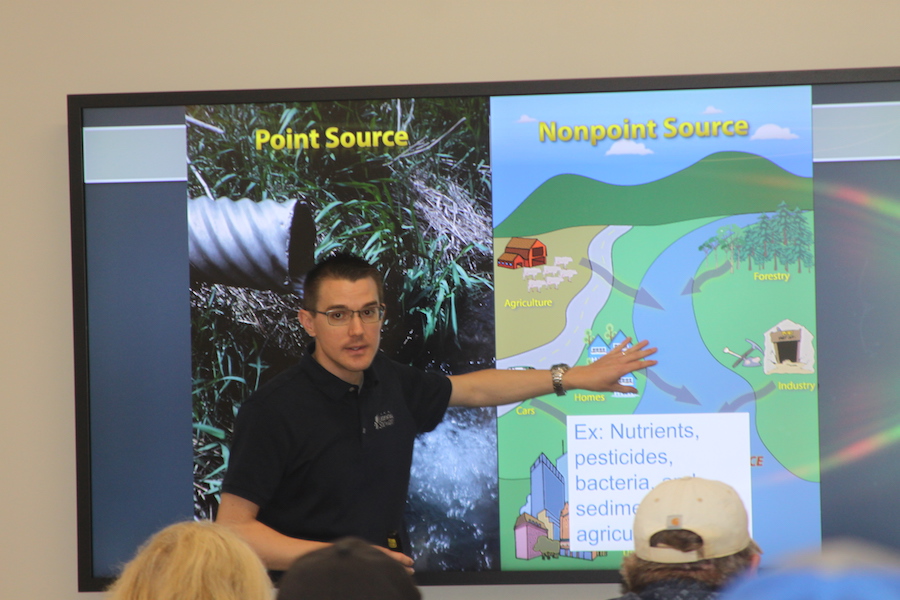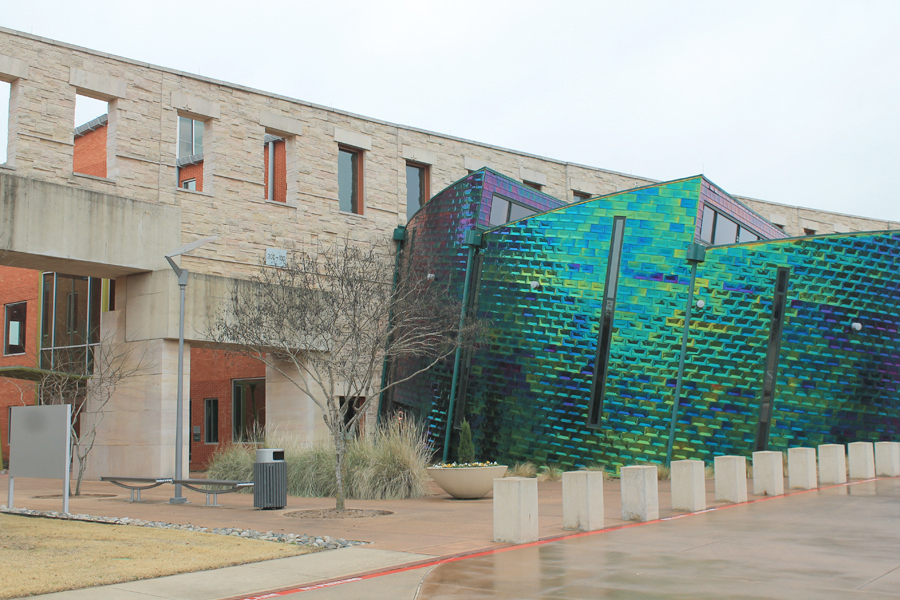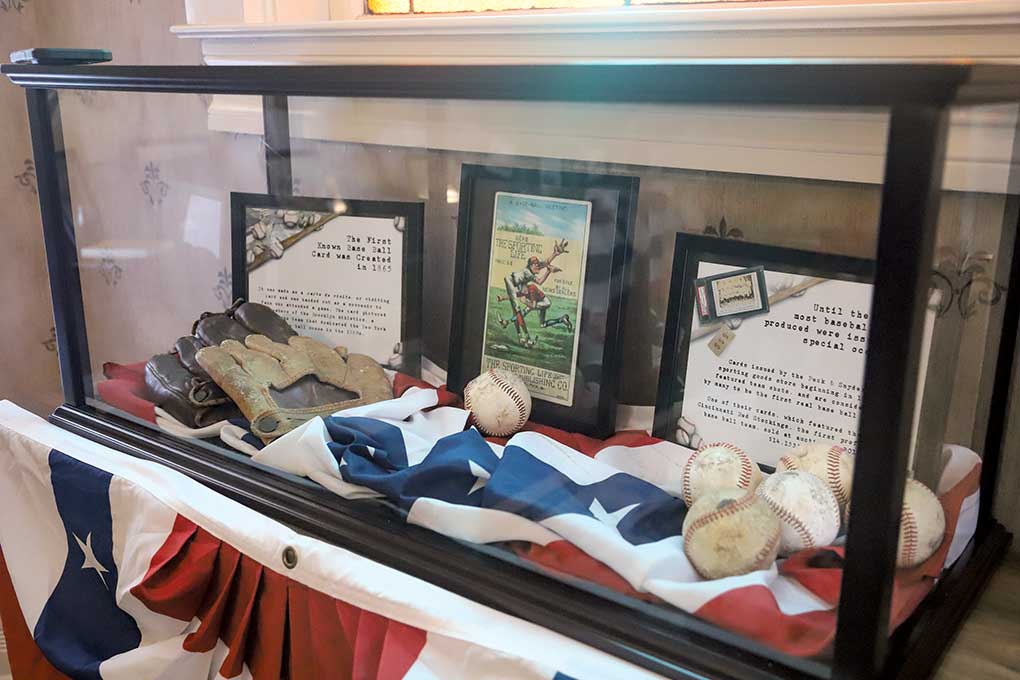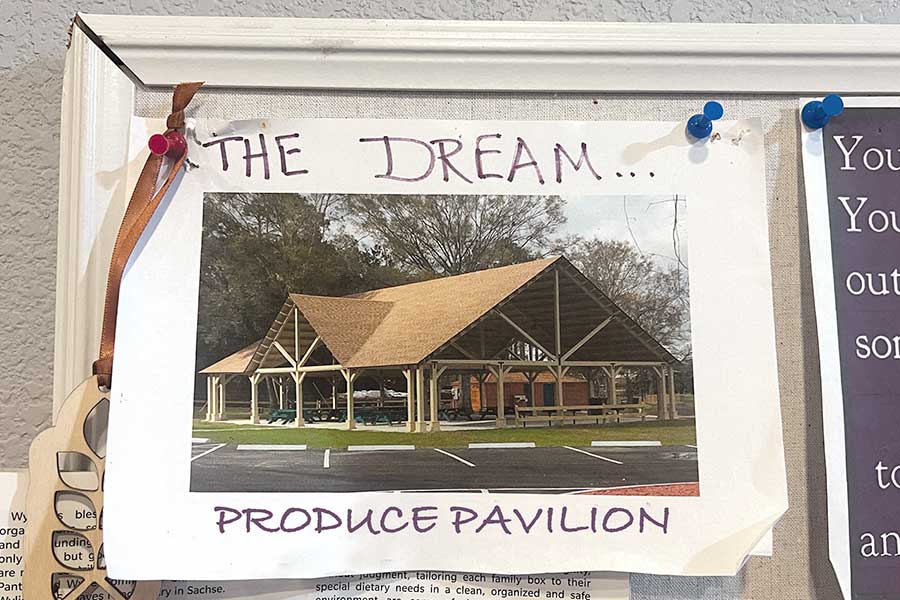We all live in a watershed, so everyone should share in the responsibility of caring for it, according to a recent workshop.
“A watershed is like one big bowl or bathtub, said Michael Kuitu, a program specialist and coordinator for the Texas Watershed Steward program. “A watershed is the area of land that water flows across, through or under as it drains, ultimately reaching streams, rivers, lakes or an ocean.”
About three dozen people attended the workshop, conducted Wednesday, June 7, in Wylie.
The program was presented by the Texas A&M AgriLife Extension Service and the Texas State Soil and Water Conservation Board in cooperation with the North Texas Municipal Water District.
It was designed to help watershed residents learn about their water resources and how they may become involved in local watershed protection and management activities.
Kuitu said Texas has more than 191,000 miles of streams and rivers draining into 15 major river basins and eight coastal basins. “That’s about eight times the distance around the equator,” he said.
Kuitu determined from the audience there was no agreement as to how local residents referred to Lake Lavon or Lavon Lake. The reservoir is commonly called Lake Lavon for commercial and recreational purposes and Lavon Lake as the official name according to the U.S. Army Corps of Engineers.
Whichever, the Lavon watershed is part of the Trinity River basin and the water is constantly cycling through evaporation and condensation, Kuitu said. Evaporation also occurs when trees and plants give off water vapor in a process called transpiration.
“Everything you do, you do in a watershed,” said Annalee Epps with the extension program.
Agricultural irrigation uses about 80% of the state’s groundwater and 35% of the surface water, she said. Much of the rest is used by cities and industry.
Epps explained how a watershed functions: capturing, storing and releasing water while providing a habitat for people, plants and animals and the transformation of absorbed elements in the water in a process called biogeochemical cycling.
Kuitu detailed how hydrologists determine the quantity of water available by using models and measuring volume in lakes and reservoirs, streams and rivers, and underground aquifers. About 40% of water used in Texas comes from surface water and the state has 188 major reservoirs, he said.
The majority of those were built in the 1960s and 70s as a result of the sustained drought in the 1950s, Kuitu said.
For the full story, see the June 14 issue of The Wylie News.
By Bob Wieland


















0 Comments